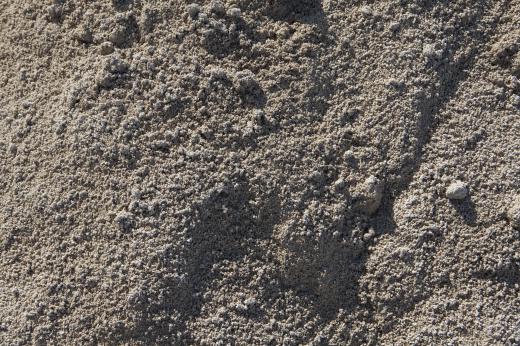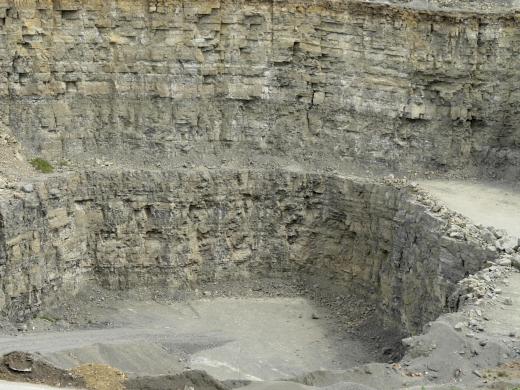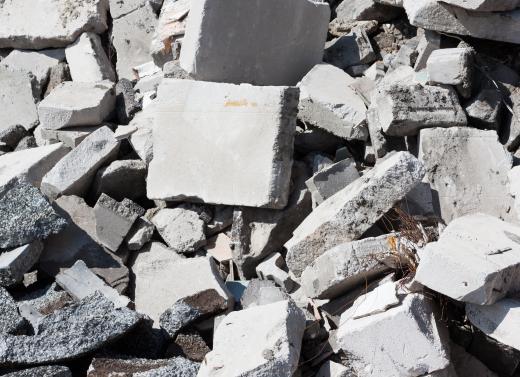The cement industry incorporates a broad segment of the global construction industry. Concrete and mortar products are used in virtually every kind of construction project, and concrete is the most widely used building material in the world. Cement products offer a versatile and durable solution to residential, commercial, and industrial applications of every scope and size. The cement industry employs a large number of workers involved in the production, distribution, and application of cement related materials and products.
Concrete is used as the foundation for homes, buildings, and a wide array of lasting structures. Roads and bridges made with concrete connect cities built and maintained with cement based products. The ingredients used to make concrete include cement, sand, gravel, and water. Cement is primarily produced from limestone, which is heated, combined with other materials, and then crushed into a powder form.

Cement products sometimes take the form of mortar, grout, stucco, and concrete. The concrete industry encompasses a huge range of structures and structural components. These products can be manufactured on site or in factories that produce precast components such as blocks, pipes, pavers, and slabs. Mortar products are used to bind concrete and clay brick products together. Grout and stucco products coat, cover, and repair buildings, swimming pools, and walls.

China, India, and the United States are the largest producers of cement. Cement production begins in a quarry where stone containing calcium, silicon, aluminum, and iron is mined. Large stones are broken down to gravel, blended in the proper proportions, and then crushed into a powder. The powder is then preheated before being sent to the kiln for further processing.

The raw powder reaches temperatures of 2,700 degrees Fahrenheit (1,480 C) while in the kiln. It emerges a new substance called clinker, which is cooled and ground into a powder known as Portland cement. This type of cement is shipped in bulk by truck, rail, and barge to companies that use cement to produce ready-mix concrete and other related products. A small percentage is bagged for retail use by masonry contractors and homeowners.

Cement consumption is seasonal in nature and prevalent during the summer months. Due to the high transportation cost associated with shipping cement, most production is done on a local basis. The US imports and exports smaller amounts of Portland cement and cement clinker, depending on supply and demand. The cement industry is sometimes considered the foundation of the global construction industry, and few projects are built without using some form of cement product.
